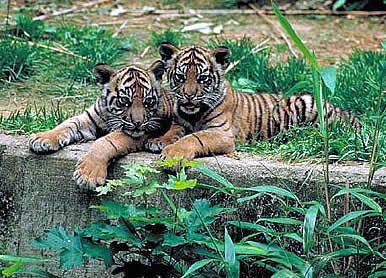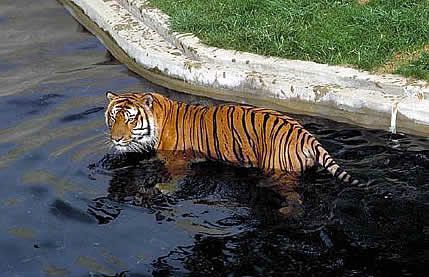Tiger Tracks
Revisiting his old haunts in Nepal, the author looks for tigers and finds a clever new strategy for saving them
By the time John Seidensticker had left Nepal in 1974, it was clear that tigers and the exploding human population around Royal Chitwan National Park were on a collision course—and tigers in the long run were going to be the big losers. The year before, Seidensticker was asked to help start the Smithsonian-Nepal Tiger Ecology Project to figure out how tigers in and around Chitwan lived.
Fast-forward to 1996. Seidensticker, now a senior curator at the Smithsonian's National Zoological Park, in Washington, D.C., heard that conservationists in Nepal had discovered that people and tigers can coexist if the people have a stake in the tigers' future. That stake is tourism.
Habitat restoration is good for tigers, and tigers attract tourists. This is the formula that's working around Chitwan today, and recently Seidensticker traveled there to check it out.
In a settlement called Baghmara near the town of Sauraha where Seidensticker began his work with tigers, he saw that restoration projects have enabled tiger habitat to return. Experts told him this approach can help the tiger breeding population in the ChitwanValley nearly double in the next 25 years.
Seidensticker actually saw only one tiger before he left Nepal, at the Parsa Wildlife Reserve on the eastern flank of Chitwan. Last fall, after returning to Washington, he learned that a man-eating tiger had killed seven people and injured four others on the western flank of Chitwan, where habitat-improvement projects are not yet under way and where natural tiger prey is scarce. Tigers living in a healthy jungle, Seidensticker concludes, don't have to eat people.



